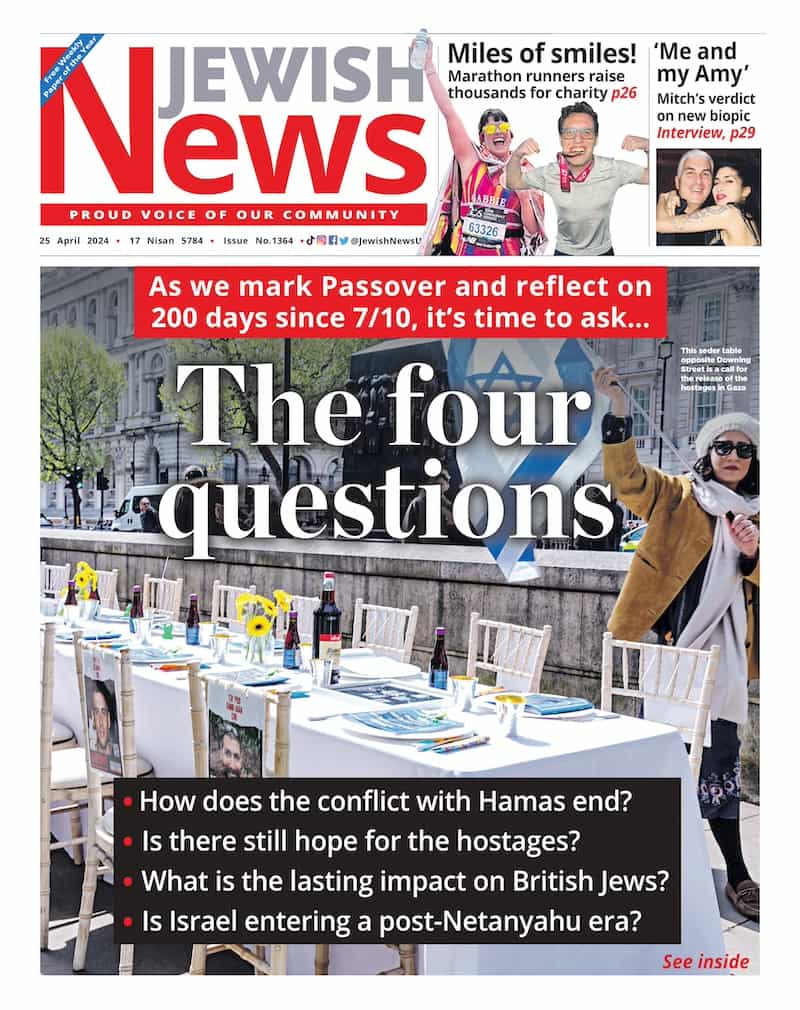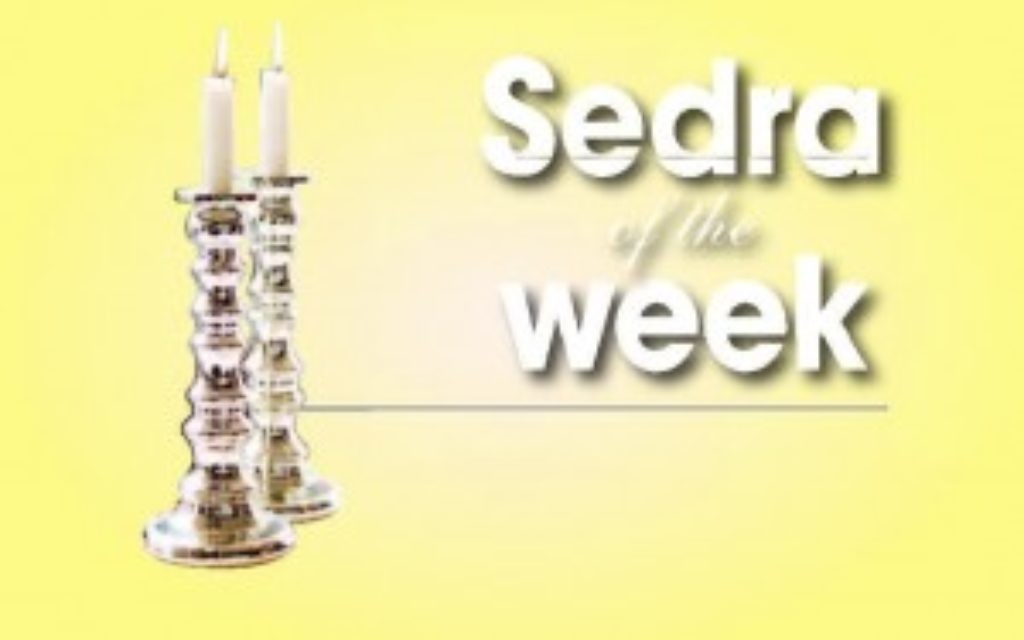Sedra – Beha’alotcha
With Rabbi Zvi Solomons
If you ask people what the symbol of Judaism is, many will say: “The star of David”. Yet this symbol is only some 400 years old, an aspect of the enthusiasm for Kabbalah in the 17th century.
In this week’s Torah portion, we read about two far more ancient symbols of Judaism, both of which date back to the time in the wilderness. They are the menorah, a solid gold candlestick which stood outside the sanctuary in the tabernacle and later in the Temple, and the silver trumpets, used to signal the departure of the camp in the wilderness, and in the temple along with the shofar. You can find images of all these items, on the Arch of Titus in Rome.
Get The Jewish News Daily Edition by email and never miss our top stories Free Sign Up
The menorah remains with us, as a model for Hanukkah menorahs in use every winter, and also in the form of the Ner Tamid (everlasting light) to be found before the Ark in every synagogue. It reminds us both of the eternal light of creation, and of the lamp that used to be lit before the holy place both in the tabernacle and the Temple, until the latter was destroyed by Titus.
Made of a single beaten piece of gold, the Midrash tells us that this symbolised the unity of Israel, and represented seven days of creation, the burning bush, and the first seven planets in the solar system. The trumpets were used
along with the shofar. It is ironic that the only instrument used regularly in shul is now the ram’s horn, whereas in ancient times the trumpets or a major feature of Temple services.
In the 19th century the practice of playing musical instruments in shul, even on Shabbat, became more common. The prohibition on playing instruments can be traced back to the Talmud, but in his famous Responsa Melamed leHo’il, Rabbi David Zvi Hoffman, the rector of the Hildersheimer Yeshiva in Berlin writes specifically about musical instruments in shul. They are prohibited for three reasons, with the exception of the shofar. 1) Not to imitate the Gentiles. 2) Not to imitate the prevalence of organs in Reform communities. 3) As an act of mourning for the temple. In addition, there is a prohibition for using them on Shabbat lest they need fixing. In the absence of instruments, the practice of singing in harmony developed with Rossi in Venice, at about the same time as Montiverdi was composing his motets, the end of the 17th century.
This was at the same time that the Magen David was becoming more popular as a universal sign of Judaism. Those of us who are knowledgeable about the development of western Jewish liturgy from Rossi’s beautiful motet style compositions to the high romantic call style of choral music now found embedded in Ashkenazi synagogues, particularly that on the High Holy Days, can reflect on the irony that most of the great composers, for example Lewandowski, belong to the Reform.
Those who feel that this detracts from their legitimacy as an established part of our rituals, lose sight of the Levitical choirs of ancient times, and the great musical value of the choral tradition. The book of Psalms culminates with psalm 150, enumerating the wonderful musical instruments, as well as the voices used to praise the Almighty in ancient times.

Thank you for helping to make Jewish News the leading source of news and opinion for the UK Jewish community. Today we're asking for your invaluable help to continue putting our community first in everything we do.
For as little as £5 a month you can help sustain the vital work we do in celebrating and standing up for Jewish life in Britain.
Jewish News holds our community together and keeps us connected. Like a synagogue, it’s where people turn to feel part of something bigger. It also proudly shows the rest of Britain the vibrancy and rich culture of modern Jewish life.
You can make a quick and easy one-off or monthly contribution of £5, £10, £20 or any other sum you’re comfortable with.
100% of your donation will help us continue celebrating our community, in all its dynamic diversity...
Engaging
Being a community platform means so much more than producing a newspaper and website. One of our proudest roles is media partnering with our invaluable charities to amplify the outstanding work they do to help us all.
Celebrating
There’s no shortage of oys in the world but Jewish News takes every opportunity to celebrate the joys too, through projects like Night of Heroes, 40 Under 40 and other compelling countdowns that make the community kvell with pride.
Pioneering
In the first collaboration between media outlets from different faiths, Jewish News worked with British Muslim TV and Church Times to produce a list of young activists leading the way on interfaith understanding.
Campaigning
Royal Mail issued a stamp honouring Holocaust hero Sir Nicholas Winton after a Jewish News campaign attracted more than 100,000 backers. Jewish Newsalso produces special editions of the paper highlighting pressing issues including mental health and Holocaust remembrance.
Easy access
In an age when news is readily accessible, Jewish News provides high-quality content free online and offline, removing any financial barriers to connecting people.
Voice of our community to wider society
The Jewish News team regularly appears on TV, radio and on the pages of the national press to comment on stories about the Jewish community. Easy access to the paper on the streets of London also means Jewish News provides an invaluable window into the community for the country at large.
We hope you agree all this is worth preserving.
-
By Brigit Grant
-
By Laurent Vaughan - Senior Associate (Bishop & Sewell Solicitors)
-
By Laurent Vaughan - Senior Associate (Bishop & Sewell Solicitors)
-
By Laurent Vaughan - Senior Associate (Bishop & Sewell Solicitors)
-
By Laurent Vaughan - Senior Associate (Bishop & Sewell Solicitors)






















